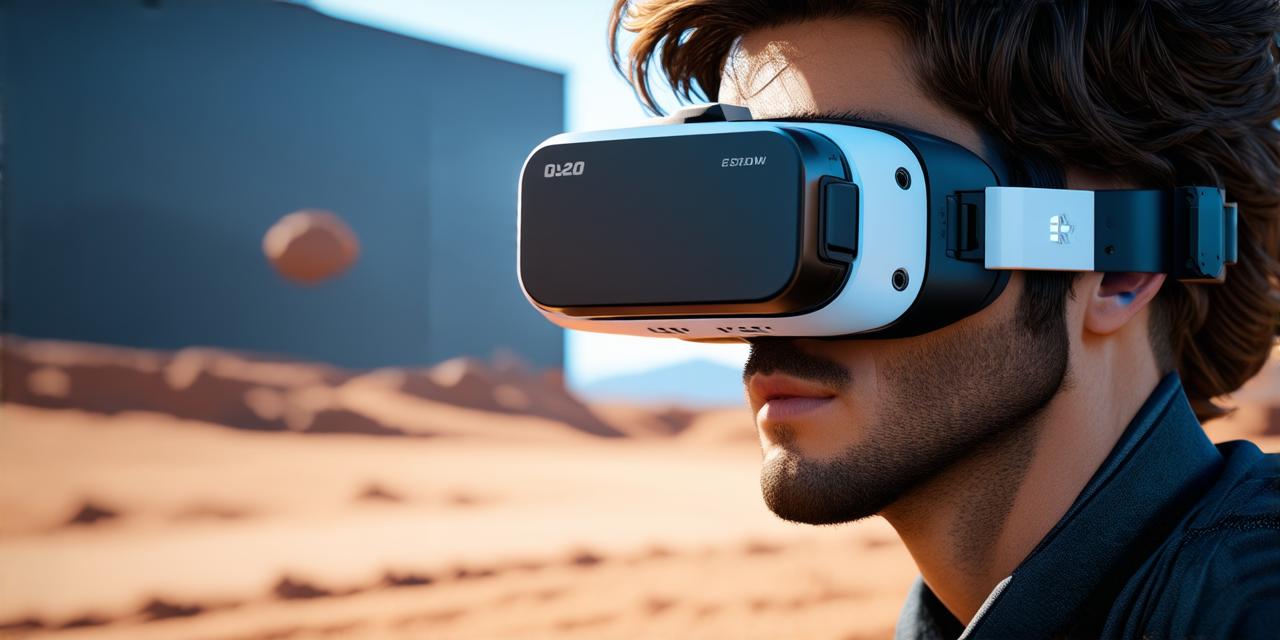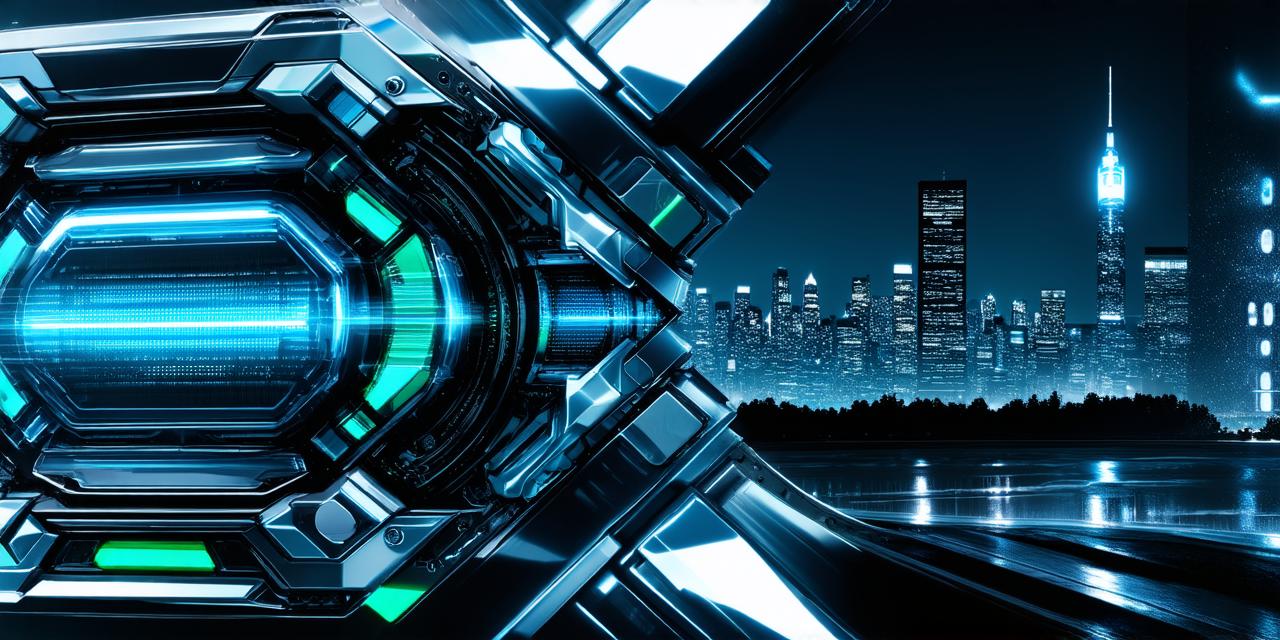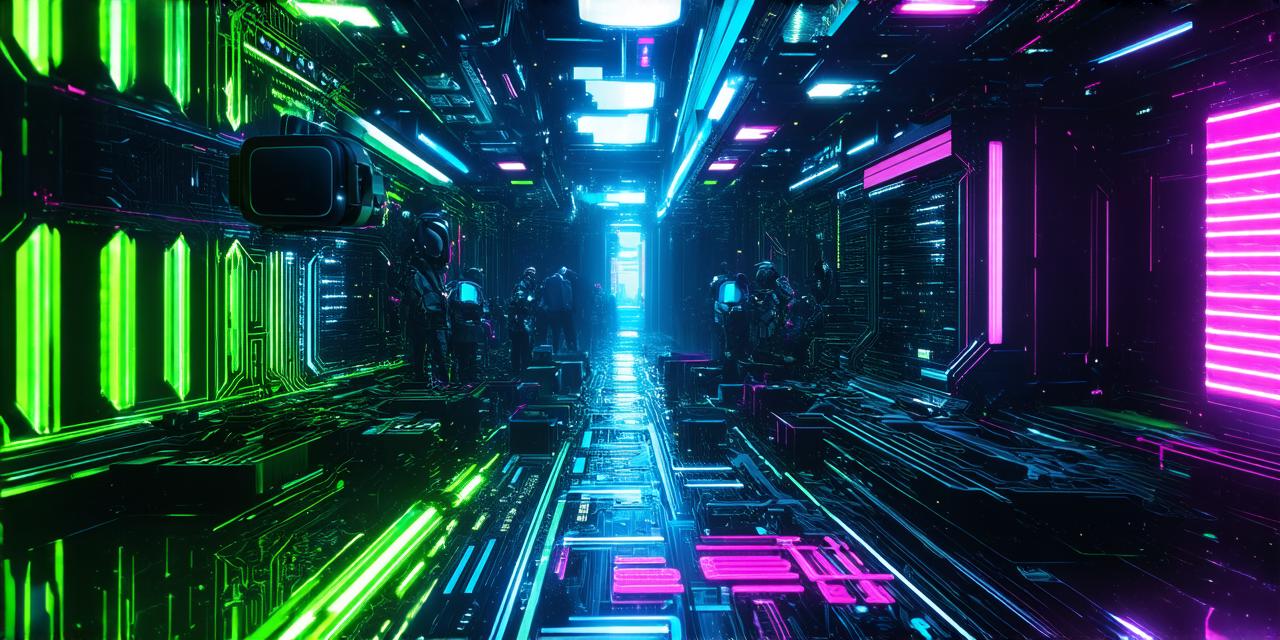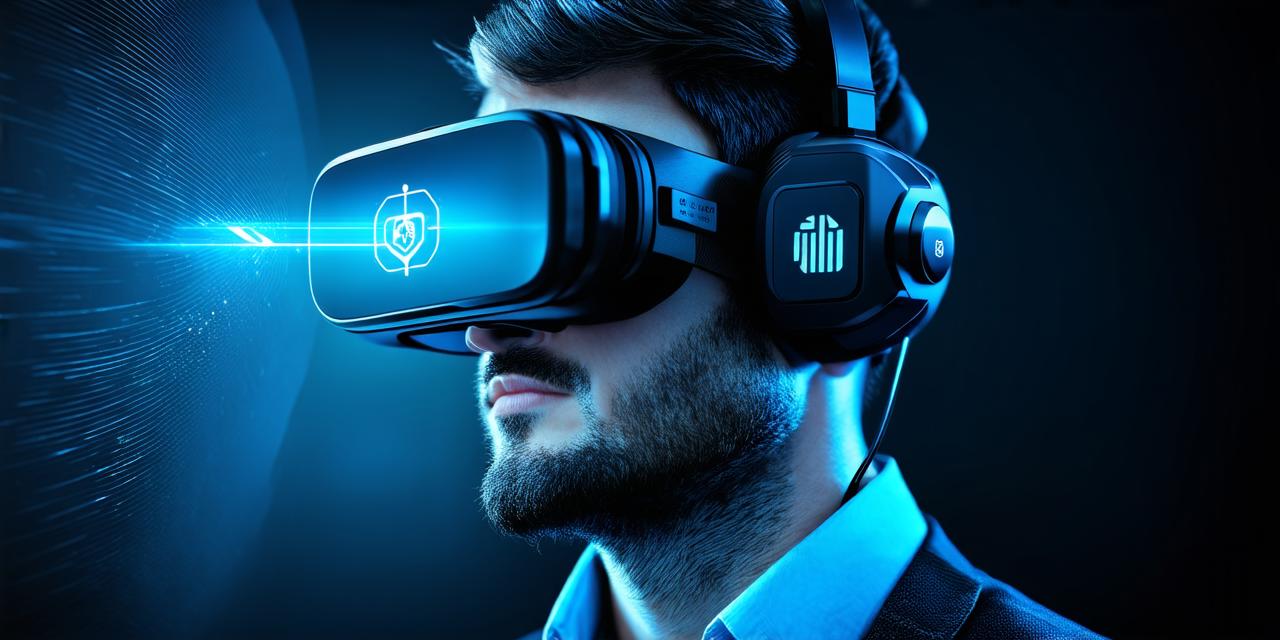Selecting the Right Hardware
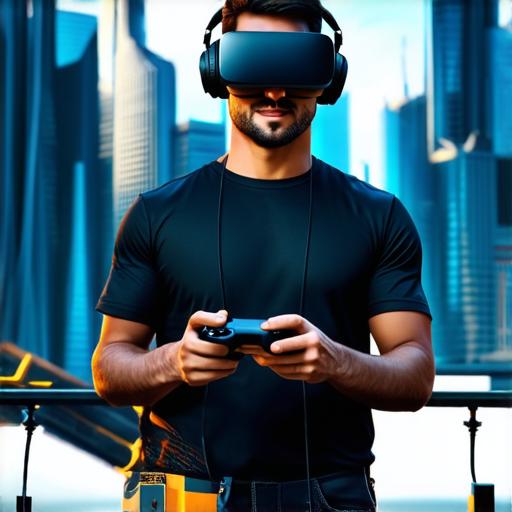
The first step in configuring a VR system for AR development is selecting the right hardware. There are two main types of VR hardware: PC-based and console-based. PC-based VR systems typically require a high-end computer with a dedicated graphics card, while console-based systems like the Oculus Quest 2 require no external hardware and can be used with any PC or laptop.
When selecting your hardware, it’s important to consider factors such as resolution, refresh rate, and tracking accuracy. Higher resolutions and refresh rates will provide a smoother and more immersive experience, while better tracking accuracy will prevent motion sickness and improve overall performance. For AR development, you will also need to ensure that your hardware supports the necessary sensors for tracking hand and body movement.
Installing the Software
Once you have your hardware set up, the next step is to install the software. This will vary depending on the VR system you’re using, but most VR systems come with a pre-installed software environment that includes everything you need to get started.
For example, if you’re using an Oculus Quest 2, you can simply connect it to your computer via USB and launch the Oculus software. From there, you can select your preferred AR development platform and start exploring.
Configuring the Software Environment
After installing the software, the next step is to configure the software environment. This will include setting up things like display resolution, audio settings, and input controls.
One important aspect of configuring the software environment for AR development is selecting the right input controls. VR systems typically come with handheld controllers that allow you to interact with virtual objects, but some systems also support external input devices like mice and keyboards. It’s important to choose the input controls that work best for your needs and preferences.
Setting Up Tracking and Calibration
Another important aspect of configuring a VR system for AR development is setting up tracking and calibration. This involves ensuring that the VR sensors are accurately detecting the movement of your hand and body, and that the virtual environment is properly aligned with the real world.
Many VR systems come with built-in tracking and calibration tools, but some may require additional hardware or software to set up correctly. It’s important to follow the manufacturer’s instructions carefully and ensure that everything is properly calibrated before using the system for AR development.
Troubleshooting Common Issues
Even with the best configuration, there are still some common issues that VR users may encounter. Some of the most common issues include motion sickness, tracking inaccuracies, and hardware malfunctions.
To troubleshoot motion sickness, it’s important to adjust your VR settings to reduce motion blur and latency. This can include lowering the resolution or frame rate, or using a motion sickness-reducing software like VR Sickness Solver. It’s also important to take frequent breaks and stretch to prevent muscle stiffness.
Tracking inaccuracies can be caused by a variety of factors, including poor sensor placement or calibration issues. To troubleshoot tracking inaccuracies, it’s important to check your sensor placement and ensure that everything is properly calibrated. If tracking issues persist, you may need to adjust your input controls or try different sensor placement configurations.
Hardware malfunctions can also cause problems with VR systems for AR development. If you’re experiencing hardware issues, it’s important to identify the problem and either repair or replace the faulty component. It’s also a good idea to regularly backup your VR software and data to prevent data loss in case of hardware failure.
Case Studies and Real-Life Examples
There are many different VR systems and AR development platforms available, each with their own unique features and capabilities. Here are a few examples:
- Unity: Unity is a popular game engine that can also be used for AR development. To configure Unity for VR, you will need to select the appropriate VR settings in the Unity editor, including the resolution, refresh rate, and tracking type. You’ll also need to set up your input controls and ensure that your virtual environment is properly aligned with the real world.
- Unreal Engine: Unreal Engine is another popular game engine that can be used for AR development. Similar to Unity, you will need to select the appropriate VR settings in the Unreal Editor, including resolution, refresh rate, and tracking type. You’ll also need to set up your input controls and ensure that your virtual environment is properly aligned with the real world.
- Oculus Quest 2: The Oculus Quest 2 is a popular console-based VR system that can be used with any PC or laptop.
